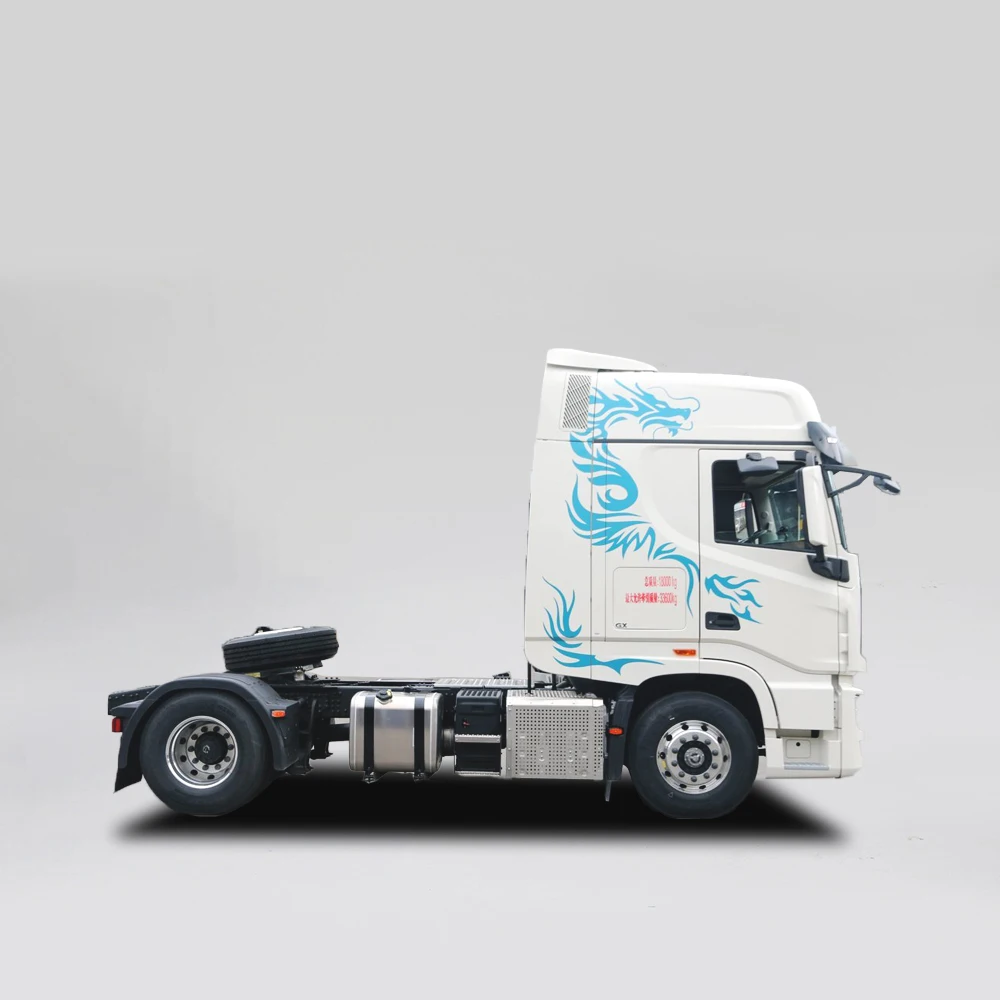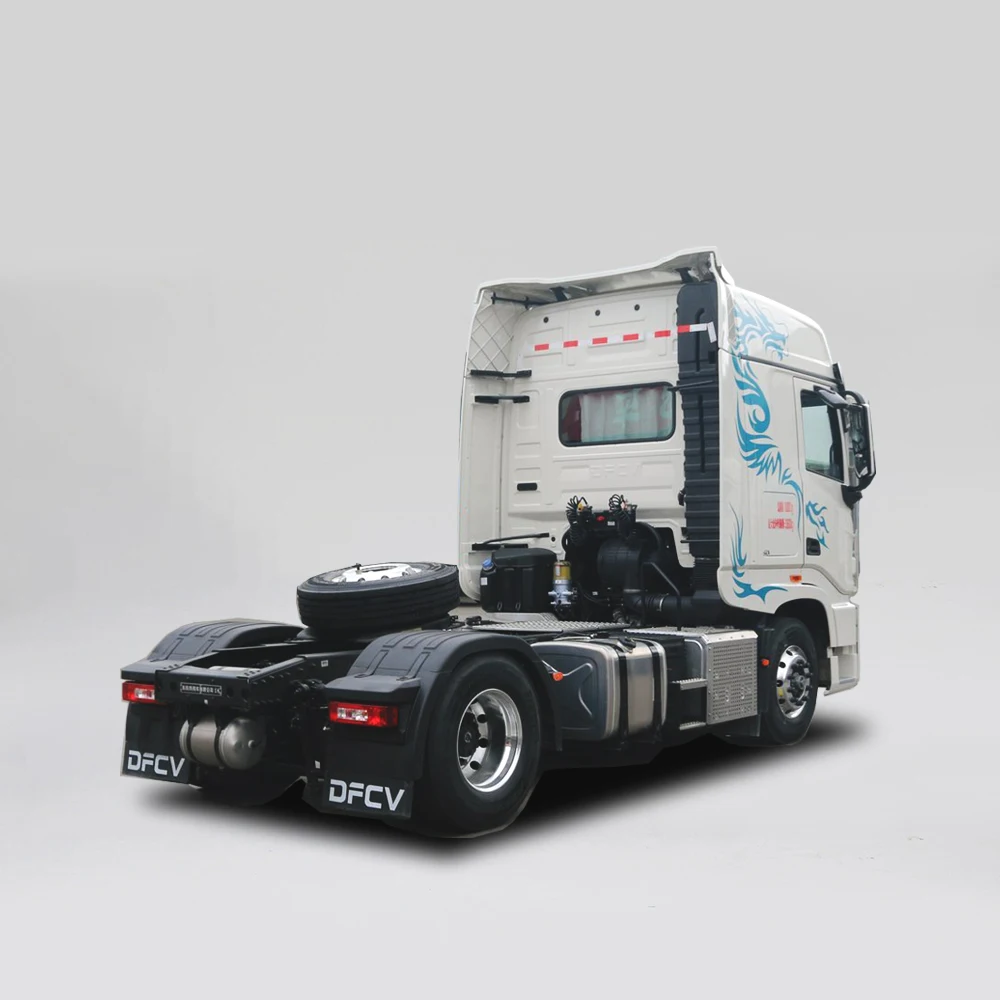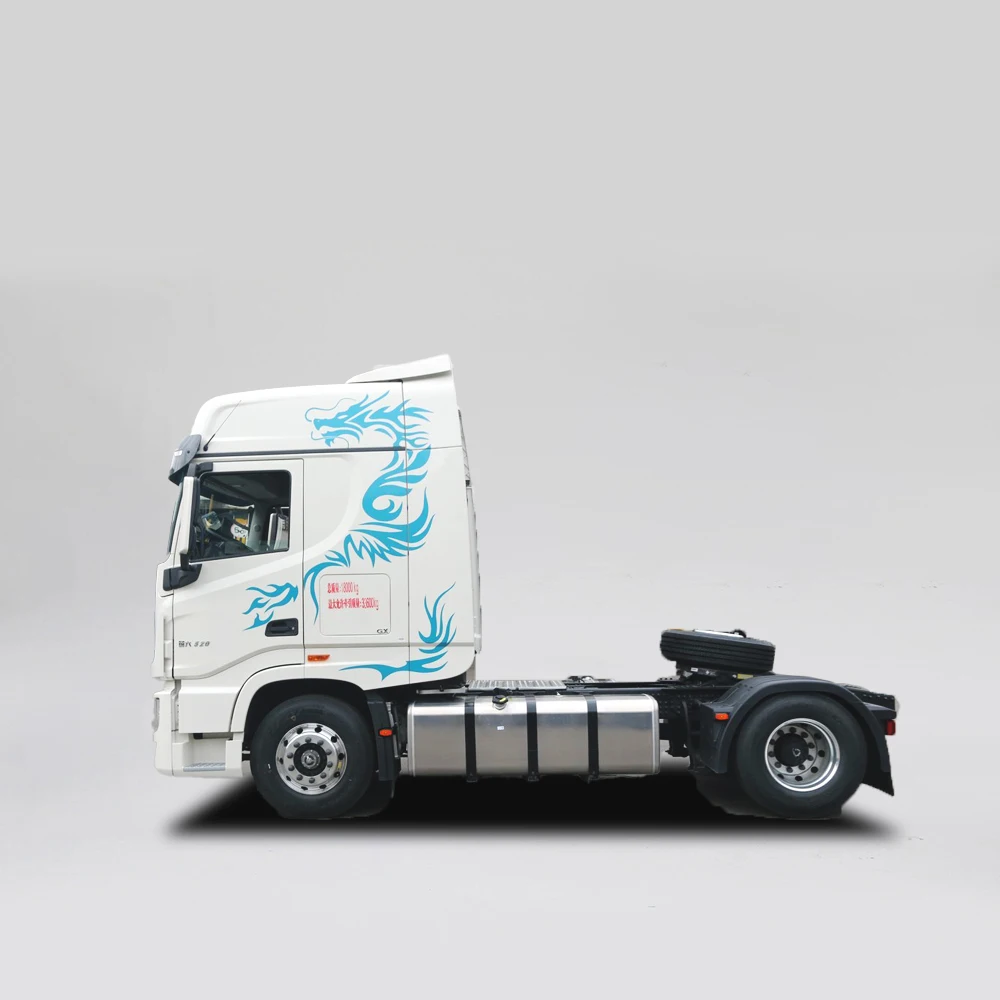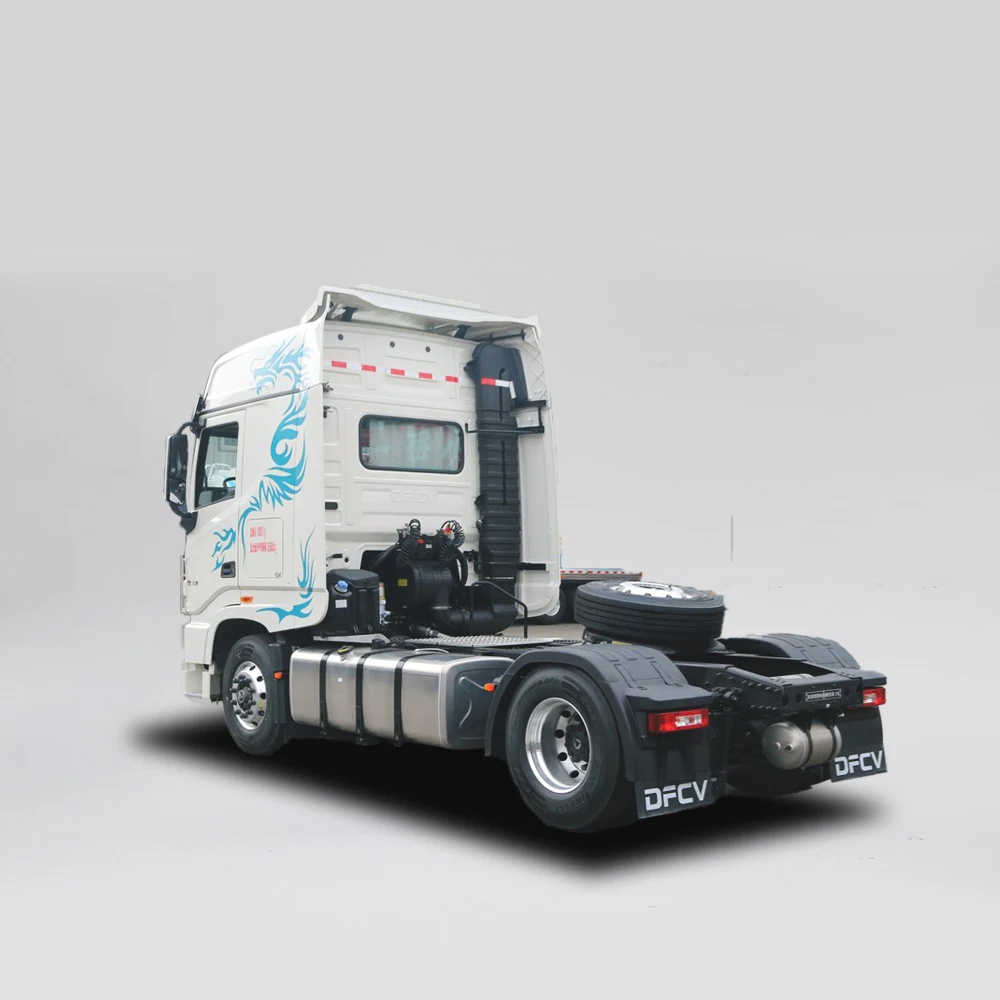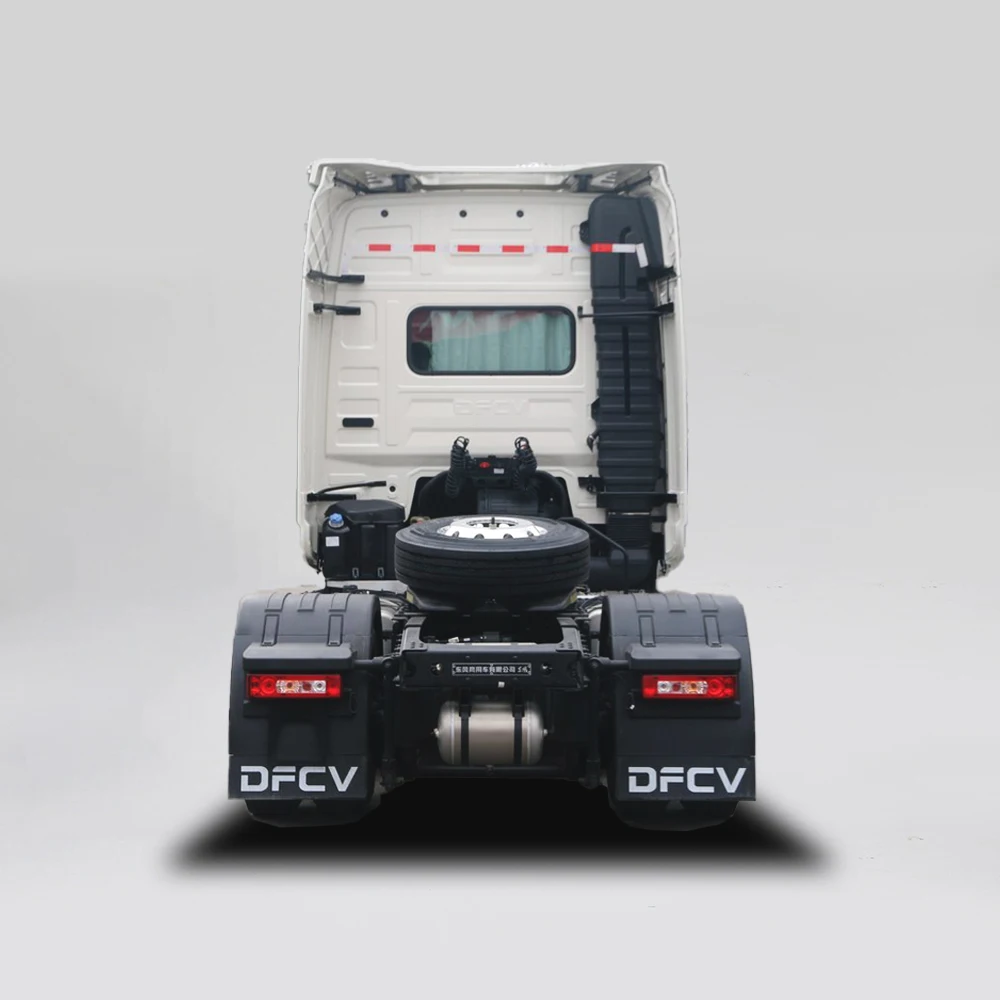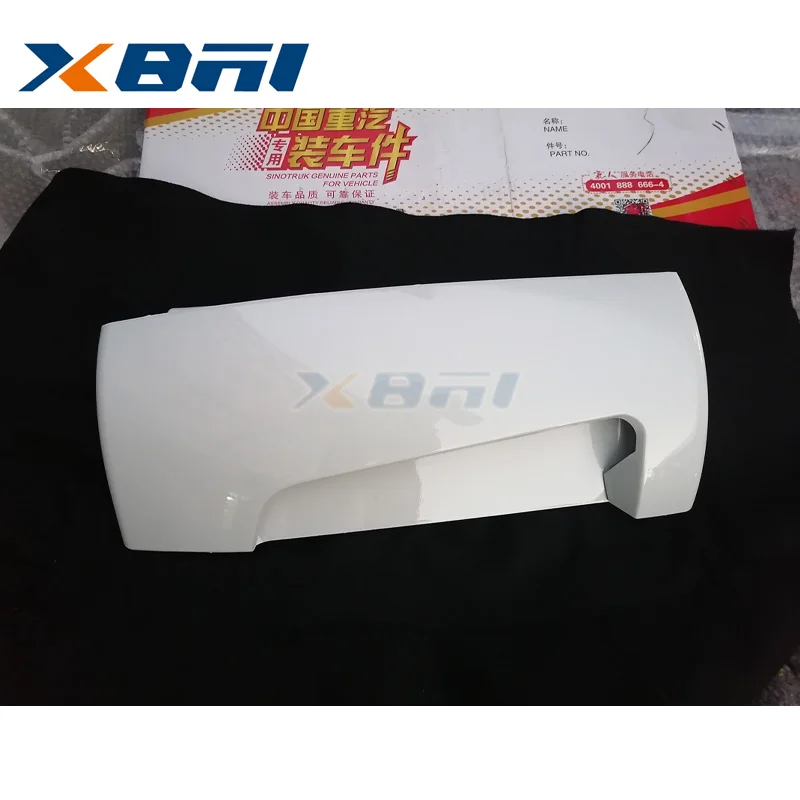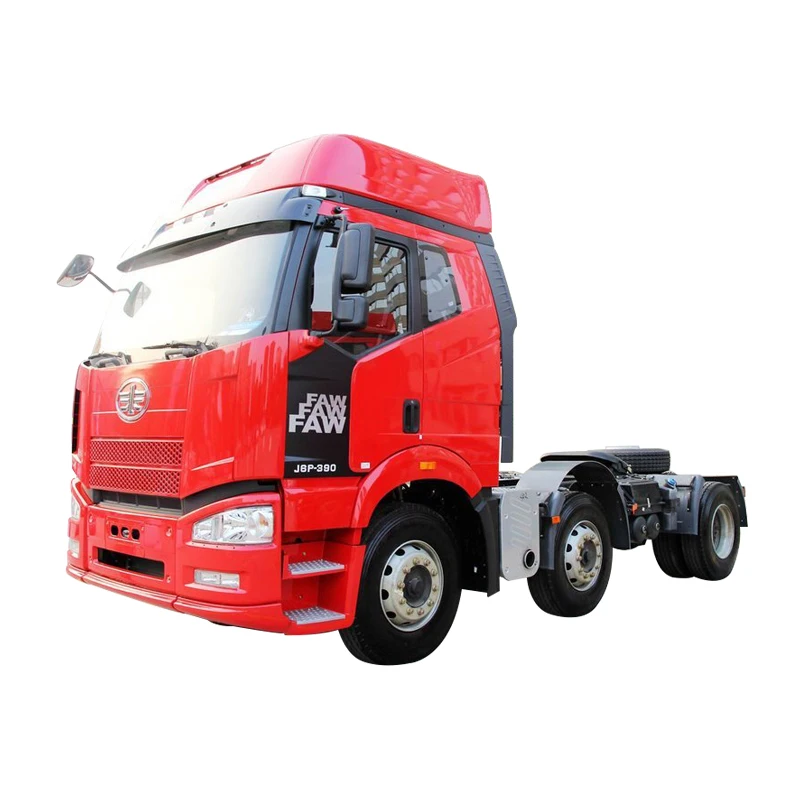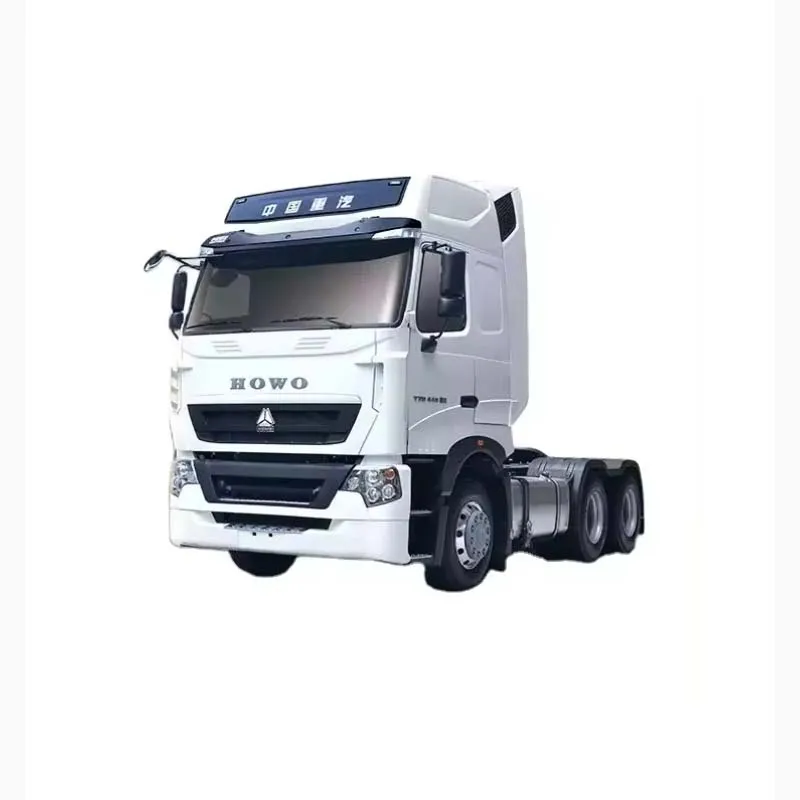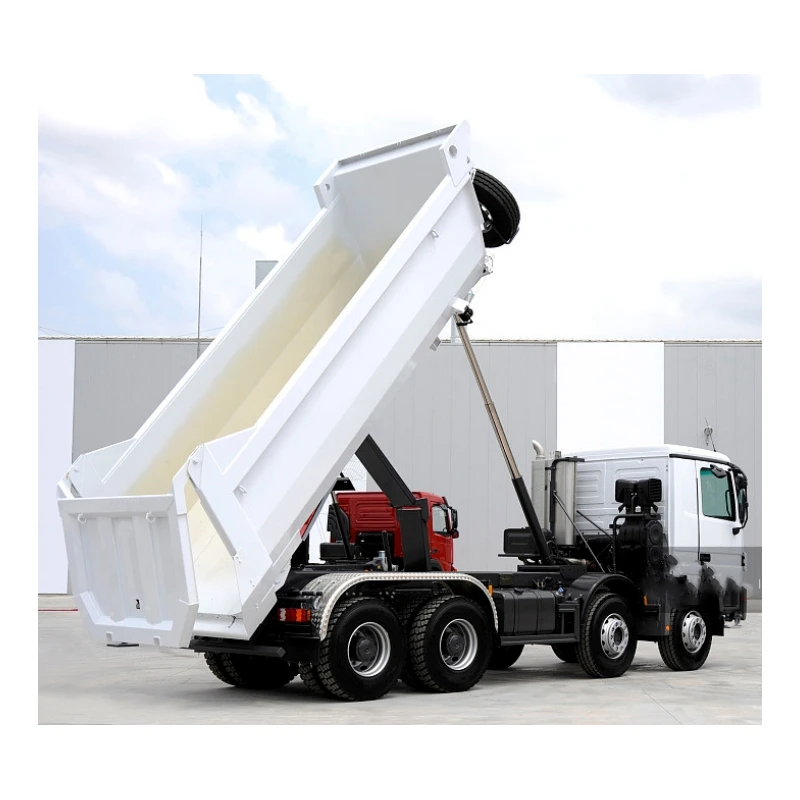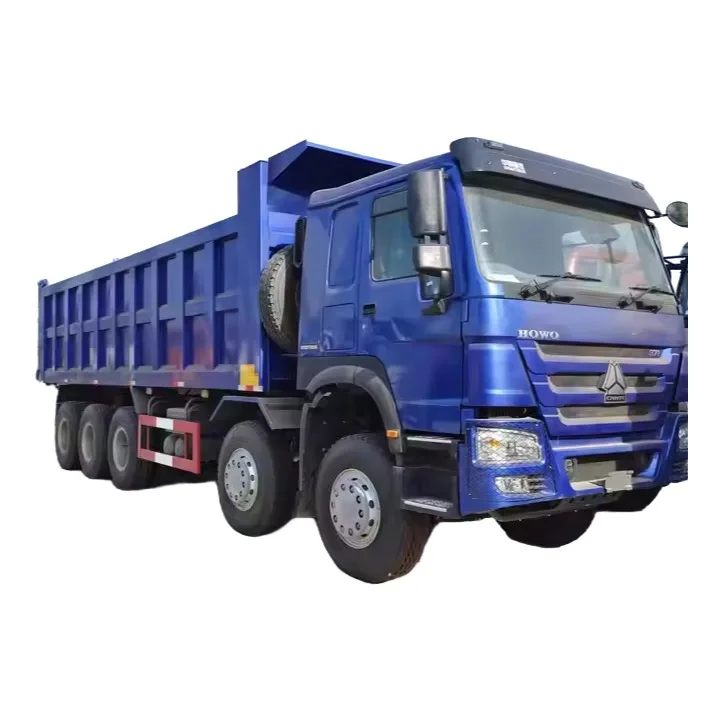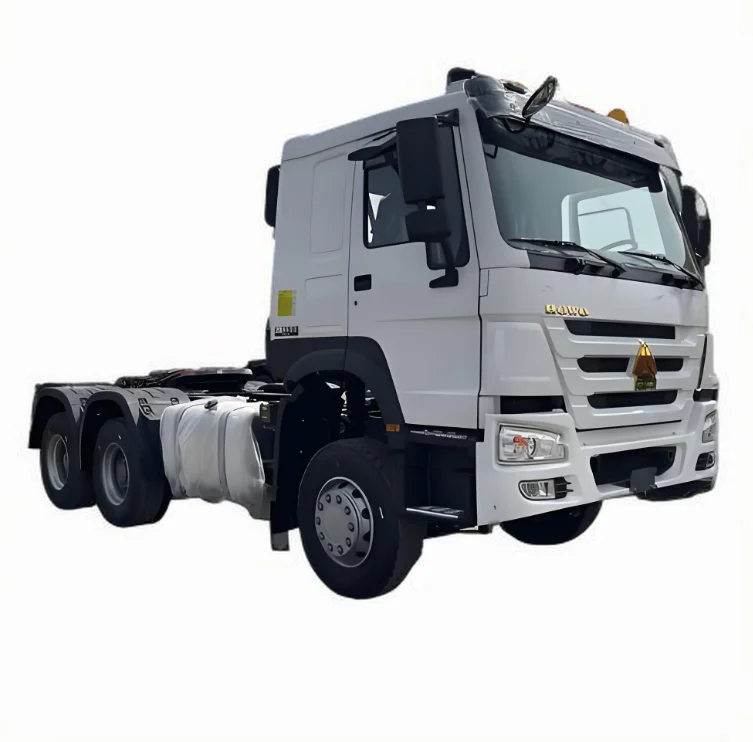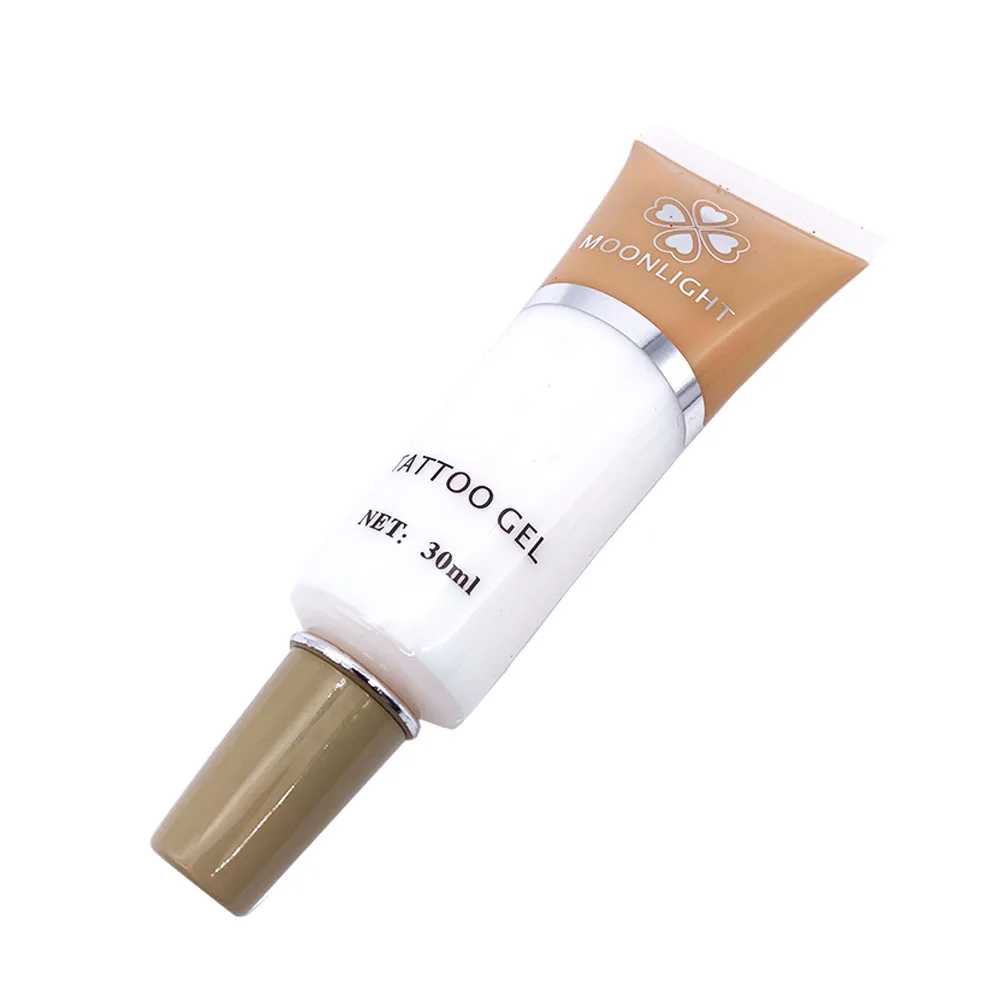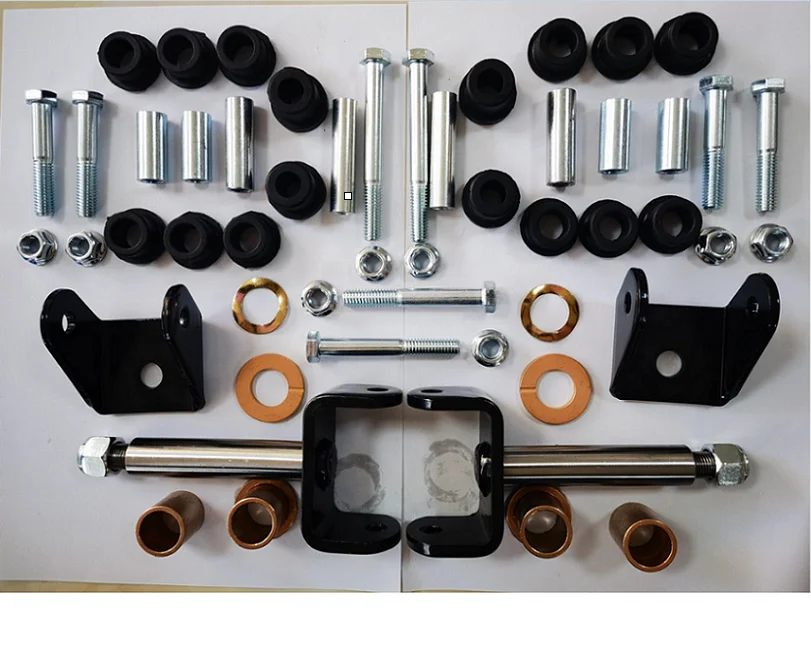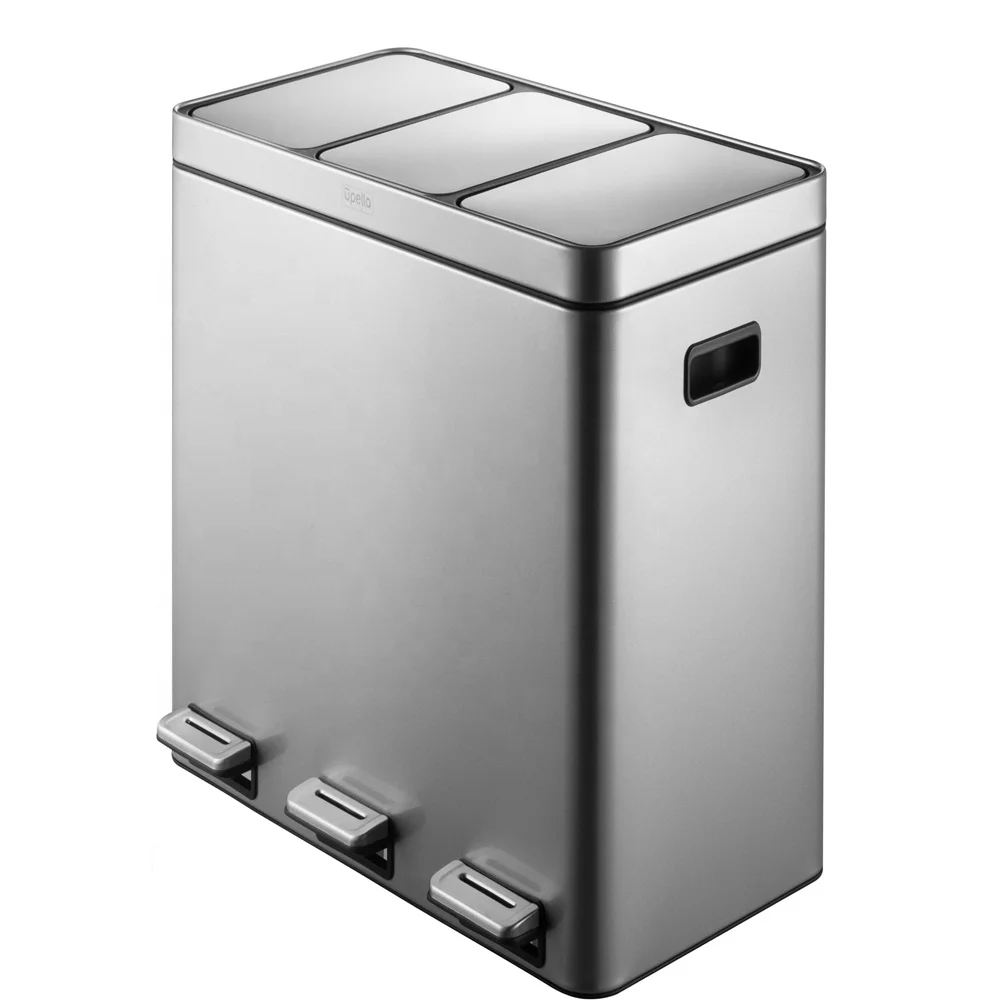Dongfeng Tianlong Flagship GX 600HP 6*4 AMT Tractor Unleashing Unmatched Power for Efficient Hauling
- Category: >>>
- Supplier: Sichuan Bawanglong Special Vehicle Manufacturing Co. Ltd.Sichuan Ltd.
Share on (1601358755189):
Product Overview
Description
Category | Item | Parameter |
Basic Information | Announcement Model | DFH4250C7 |
Drive Form | 6X4 | |
Wheelbase | 3450 + 1350 mm | |
Vehicle Body Length | 7090 mm | |
Vehicle Body Width | 2550 mm | |
Vehicle Body Height | Approximately 3750 mm | |
Front Wheel Track | 2040 mm | |
Rear Wheel Track | 1840 / 1840 mm | |
Vehicle Weight | Approximately 8800 - 10200 kg | |
Gross Mass | 25000 kg | |
Towing Gross Mass | Approximately 40000 kg | |
Maximum Speed | 89 km/h | |
Place of Origin | Shiyan, Hubei | |
Tonnage Level | Heavy Truck | |
Engine | Engine Model | Dongfeng Cummins Z14NS6B600 |
Engine Brand | Dongfeng Cummins | |
Number of Cylinders | 6 cylinders | |
Fuel Type | Diesel | |
Cylinder Arrangement | In-line | |
Displacement | 13.48 L | |
Emission Standard | National VI | |
Maximum Horsepower | 600 horsepower | |
Maximum Output Power | 441 kW | |
Maximum Torque | 2750 N·m | |
Maximum Torque Rotation Speed | 900 - 1400 rpm | |
Rated Rotation Speed | 1800 rpm | |
Transmission | Transmission Model | Eaton ECE0-26N112C 0D |
Transmission Brand | Eaton | |
Shift Mode | AMT Manual-Automatic | |
Forward Gears | 12 gears | |
Reverse Gears | 2 gears | |
Chassis | Frame Size | 280×90×8 + 4 mm |
Rear Axle Description | Dongfeng 440 | |
Allowable Load on Front Axle | 7000 kg | |
Allowable Load on Rear Axle | 18000 (two-axle group) kg | |
Ratio | 3.42 | |
Number of Leaf Springs | 2 / 3 | |
Saddle | 90# | |
Maintenance-free Wheel End | Standard Configuration | |
Tires | Number of Tires | 10 |
Tire Specification | 12R22.5 18PR | |
Control Configuration | ABS Anti-lock Braking System | ● |
EBS Electronic Braking System | ● | |
Vehicle Stability System | ● | |
Inter-axle Differential Lock | ● | |
Wheel Differential Lock | ● | |
External Configuration | Wind Deflector | ● |
Integrated Mudguard | ● | |
Side Skirt | ● | |
Aluminum Alloy Air Storage Tank | ● | |
Diesel Primary Filter Heater | ● | |
Internal Configuration | Steering Wheel Material | Leather |
Multi-function Steering Wheel | ● | |
Air Conditioning Adjustment Mode | Automatic | |
Independent Air Conditioning | - | |
Car Refrigerator | - | |
Independent Heating | - | |
Electric Windows | ● | |
Electric Rear-view Mirrors | ● | |
Rear-view Mirror Electric Heating | ● | |
Power Interface | Standard Configuration | |
Reverse Radar | ○ | |
Reverse Image | ● | |
Seat Material | Leather | |
Remote Control Key | ● | |
Electronic Central Lock | ● | |
Multimedia Configuration | Color LCD Screen on the Central Console | ● |
GPS/BeiDou Vehicle Travel Recorder | ● | |
External Audio Source Interface (AUX/USB/iPod, etc.) | ● | |
Bluetooth/Car Phone | - | |
Lighting Configuration | Front Fog Lights | ● |
Daytime Running Lights | ● | |
Adjustable Headlight Height | ● | |
LED Tail Lights | ○ | |
Halogen Headlights | - | |
LED Headlights | ● | |
Brake System | Vehicle Brake Type | Air Brake |
Parking Brake | Air Cut-off Brake | |
Front Wheel Brakes | Drum Brakes | |
Rear Wheel Brakes | Drum Brakes | |
Retarder | Voith | |
Intelligent Configuration | Internet of Vehicles System | ○ |
Cruise Control | ● | |
Adaptive Cruise Control | ○ | |
Forward Collision Warning System | ● | |
Emergency Braking Assist System | ● | |
Lane Change Support | ● | |
Tire Pressure Monitoring System | - | |
Fatigue Driving Monitoring | ● |
Powertrain System
* Engine Malfunction Indicator Light On *
* Engine Malfunction Indicator Light On *
Problem Description: The engine malfunction indicator light suddenly turns on while the vehicle is in motion.
* Possible Causes: Sensor failures, such as damage, poor contact or signal interruption of the water temperature sensor,crankshaft position sensor, air flow sensor, etc.; fuel or oil quality problems, where the use of fuel or oil not meeting the manufacturer's requirements leads to engine wear; poor mixture combustion caused by faults in spark plugs, ignition coils, fuel pumps or blockages in the fuel line; turbocharging problems, such as damage to the intake turbocharging pipeline or turbocharger; intake problems, where the air filter is dirty or the intake system is blocked; exhaust problems, like failures of the rear oxygen sensor or three-way catalytic converter.
* Solutions: Use professional diagnostic equipment to read the fault codes and determine the specific cause of the malfunction. If it's a sensor failure, replace the corresponding sensor. In case of fuel or oil quality issues, replace the fuel and oil that meet the manufacturer's requirements. For problems related to poor mixture combustion, turbocharging, intake and exhaust, take the vehicle to a professional repair shop for inspection and repair.
* Excessive Fuel Consumption *
* Possible Causes: Sensor failures, such as damage, poor contact or signal interruption of the water temperature sensor,crankshaft position sensor, air flow sensor, etc.; fuel or oil quality problems, where the use of fuel or oil not meeting the manufacturer's requirements leads to engine wear; poor mixture combustion caused by faults in spark plugs, ignition coils, fuel pumps or blockages in the fuel line; turbocharging problems, such as damage to the intake turbocharging pipeline or turbocharger; intake problems, where the air filter is dirty or the intake system is blocked; exhaust problems, like failures of the rear oxygen sensor or three-way catalytic converter.
* Solutions: Use professional diagnostic equipment to read the fault codes and determine the specific cause of the malfunction. If it's a sensor failure, replace the corresponding sensor. In case of fuel or oil quality issues, replace the fuel and oil that meet the manufacturer's requirements. For problems related to poor mixture combustion, turbocharging, intake and exhaust, take the vehicle to a professional repair shop for inspection and repair.
* Excessive Fuel Consumption *
Problem Description: During normal driving, it is found that the fuel consumption of the vehicle is significantly higher than before or that of similar vehicles.
* Possible Causes: Mechanical failures and wear that reduce engine efficiency; insufficient tire pressure, which increases driving resistance; poor driving habits, such as rapid acceleration, sudden braking, prolonged idling or excessive use of air conditioning; poor traffic conditions and short trips where the engine is not fully warmed up; problems with diesel combustion, such as failure to meet the compression ratio or poor sealing; aging of the fuel system, wear or improper adjustment of components like fuel injectors and plungers; vehicle overloading.
* Solutions: Regularly conduct comprehensive maintenance on the vehicle, check the engine and related components, and repair or replace worn parts in a timely manner. Keep the tire pressure normal. Develop good driving habits, avoid rapid acceleration and sudden braking, and use air conditioning and idling reasonably. Try to avoid frequent short trips. Ensure the quality and combustion effect of diesel. Regularly check and maintain the fuel system and replace aging components in a timely manner.
Transmission System
* Unsmooth Gear Shifting or Jerking During Shifting *
* Possible Causes: Mechanical failures and wear that reduce engine efficiency; insufficient tire pressure, which increases driving resistance; poor driving habits, such as rapid acceleration, sudden braking, prolonged idling or excessive use of air conditioning; poor traffic conditions and short trips where the engine is not fully warmed up; problems with diesel combustion, such as failure to meet the compression ratio or poor sealing; aging of the fuel system, wear or improper adjustment of components like fuel injectors and plungers; vehicle overloading.
* Solutions: Regularly conduct comprehensive maintenance on the vehicle, check the engine and related components, and repair or replace worn parts in a timely manner. Keep the tire pressure normal. Develop good driving habits, avoid rapid acceleration and sudden braking, and use air conditioning and idling reasonably. Try to avoid frequent short trips. Ensure the quality and combustion effect of diesel. Regularly check and maintain the fuel system and replace aging components in a timely manner.
Transmission System
* Unsmooth Gear Shifting or Jerking During Shifting *
Problem Description: During the gear shifting process, difficulties in shifting gears, a sense of jerking or abnormal shifting time (either too long or too short) occur.
* Possible Causes: Poor quality or insufficient quantity of transmission oil; looseness, wear or breakage of the shift cable; clutch failures, such as wear of the clutch disc or failure of the pressure plate; internal mechanical component failures in the transmission, such as gear wear or valve body sticking.
* Solutions: Check the transmission oil level and quality, and replenish or replace the transmission oil in a timely manner. Check the shift cable and repair or replace the damaged cable. Adjust or replace clutch components. If internal mechanical component failures in the transmission are suspected, take the vehicle to a professional repair shop for inspection and repair.
* Abnormal Noise from the Transmission *
* Possible Causes: Poor quality or insufficient quantity of transmission oil; looseness, wear or breakage of the shift cable; clutch failures, such as wear of the clutch disc or failure of the pressure plate; internal mechanical component failures in the transmission, such as gear wear or valve body sticking.
* Solutions: Check the transmission oil level and quality, and replenish or replace the transmission oil in a timely manner. Check the shift cable and repair or replace the damaged cable. Adjust or replace clutch components. If internal mechanical component failures in the transmission are suspected, take the vehicle to a professional repair shop for inspection and repair.
* Abnormal Noise from the Transmission *
Problem Description: Abnormal noises are heard from the transmission area while the vehicle is in motion.
* Possible Causes: Bearing wear or damage; differential failure; wear of the main drive gear; oil pump failure or abnormality in the hydraulic system.
* Solutions: Park the vehicle in a safe place and check the source of the abnormal noise. If it is determined that the noise comes from inside the transmission, take the vehicle to a professional repair shop for inspection in a timely manner and replace the worn or damaged components.
Braking System
* Increased Braking Distance or Poor Braking Effect *
* Possible Causes: Bearing wear or damage; differential failure; wear of the main drive gear; oil pump failure or abnormality in the hydraulic system.
* Solutions: Park the vehicle in a safe place and check the source of the abnormal noise. If it is determined that the noise comes from inside the transmission, take the vehicle to a professional repair shop for inspection in a timely manner and replace the worn or damaged components.
Braking System
* Increased Braking Distance or Poor Braking Effect *
Problem Description: After pressing the brake pedal, the braking distance of the vehicle is significantly increased, or the braking force feels insufficient.
* Possible Causes: Severe wear of brake pads; insufficient or dirty brake fluid; excessive impurities in the brake master cylinder, oil leakage or failure of the vacuum booster pump; air leakage in the brake pipeline; insufficient tire pressure.
* Solutions: Regularly check the thickness of the brake pads and replace the severely worn ones in a timely manner. Check the brake fluid level and quality, add fluid when it's insufficient and replace it when it's dirty. Check the brake master cylinder and vacuum booster pump, clean impurities or replace damaged components. Check the brake pipeline and repair the air leakage parts. Ensure the tire pressure is normal.
* ABS Malfunction Indicator Light On *
* Possible Causes: Severe wear of brake pads; insufficient or dirty brake fluid; excessive impurities in the brake master cylinder, oil leakage or failure of the vacuum booster pump; air leakage in the brake pipeline; insufficient tire pressure.
* Solutions: Regularly check the thickness of the brake pads and replace the severely worn ones in a timely manner. Check the brake fluid level and quality, add fluid when it's insufficient and replace it when it's dirty. Check the brake master cylinder and vacuum booster pump, clean impurities or replace damaged components. Check the brake pipeline and repair the air leakage parts. Ensure the tire pressure is normal.
* ABS Malfunction Indicator Light On *
Problem Description: The ABS malfunction indicator light turns on while the vehicle is in motion.
* Possible Causes: The brake pads are worn to the limit; the brake fluid level is too low; the wheel speed sensor fails; there are faults in the ABS system circuit or control module.
* Solutions: First, check the brake pads and the brake fluid level. If there are problems, deal with them promptly. If both are normal, use professional equipment to read the fault codes to determine whether it's a failure of the wheel speed sensor, circuit or control module, and then conduct corresponding repairs or replacements.
Cab
* Cab Lifting and Lowering Malfunction *
* Possible Causes: The brake pads are worn to the limit; the brake fluid level is too low; the wheel speed sensor fails; there are faults in the ABS system circuit or control module.
* Solutions: First, check the brake pads and the brake fluid level. If there are problems, deal with them promptly. If both are normal, use professional equipment to read the fault codes to determine whether it's a failure of the wheel speed sensor, circuit or control module, and then conduct corresponding repairs or replacements.
Cab
* Cab Lifting and Lowering Malfunction *
Problem Description: The hydraulic lifting device of the cab fails to work properly, such as being unable to lift or lower, lifting or lowering unsteadily or excessive lifting or lowering.
* Possible Causes: Failure of the electric oil pump, which is unable to supply oil normally; blockage of the oil pipeline; damage to safety components such as locking teeth and operating wires; failure of the limit switch; motor failure; failure of the reversing handle; failure of the switch button.
* Solutions: Check whether the oil pump is operating normally and clear the oil pipeline. Replace the damaged safety components, limit switch, motor, reversing handle or switch button.
* Abnormal Noise in the Cab *
* Possible Causes: Failure of the electric oil pump, which is unable to supply oil normally; blockage of the oil pipeline; damage to safety components such as locking teeth and operating wires; failure of the limit switch; motor failure; failure of the reversing handle; failure of the switch button.
* Solutions: Check whether the oil pump is operating normally and clear the oil pipeline. Replace the damaged safety components, limit switch, motor, reversing handle or switch button.
* Abnormal Noise in the Cab *
Problem Description: Abnormal noises are heard inside the cab while the vehicle is in motion.
* Possible Causes: Loose or worn interior components, such as the dashboard and door trim panels; failure of the seat adjustment mechanism; aging or damage of the cab seals, resulting in wind noise or abnormal noises.
* Solutions: Check the interior components, tighten the loose ones and replace the worn ones. Check the seat adjustment mechanism and repair or replace the faulty components. Replace the aged or damaged seals.
* Possible Causes: Loose or worn interior components, such as the dashboard and door trim panels; failure of the seat adjustment mechanism; aging or damage of the cab seals, resulting in wind noise or abnormal noises.
* Solutions: Check the interior components, tighten the loose ones and replace the worn ones. Check the seat adjustment mechanism and repair or replace the faulty components. Replace the aged or damaged seals.
We Recommend
Самые продаваемые продукты 2020 в США sinotruk 6X2 ручная передача 375 hp Трактор
$38,600.00-40,000.00
SHACMAN Heavy Duty Truck New H3000 420 HP 6X4 Tractor Truck
$17,000.00-20,000.00
10x6 8x4 Used Howo Dump Truck Tipper Dump Truck for Sale
$3,000.00-5,000.00
2024 China Beiben Truck 6x4 6x6 Big Wheel NG80 Trailer Head Tractor Truck
$34,000.00-35,600.00
New Arrivals
New products from manufacturers at wholesale prices

